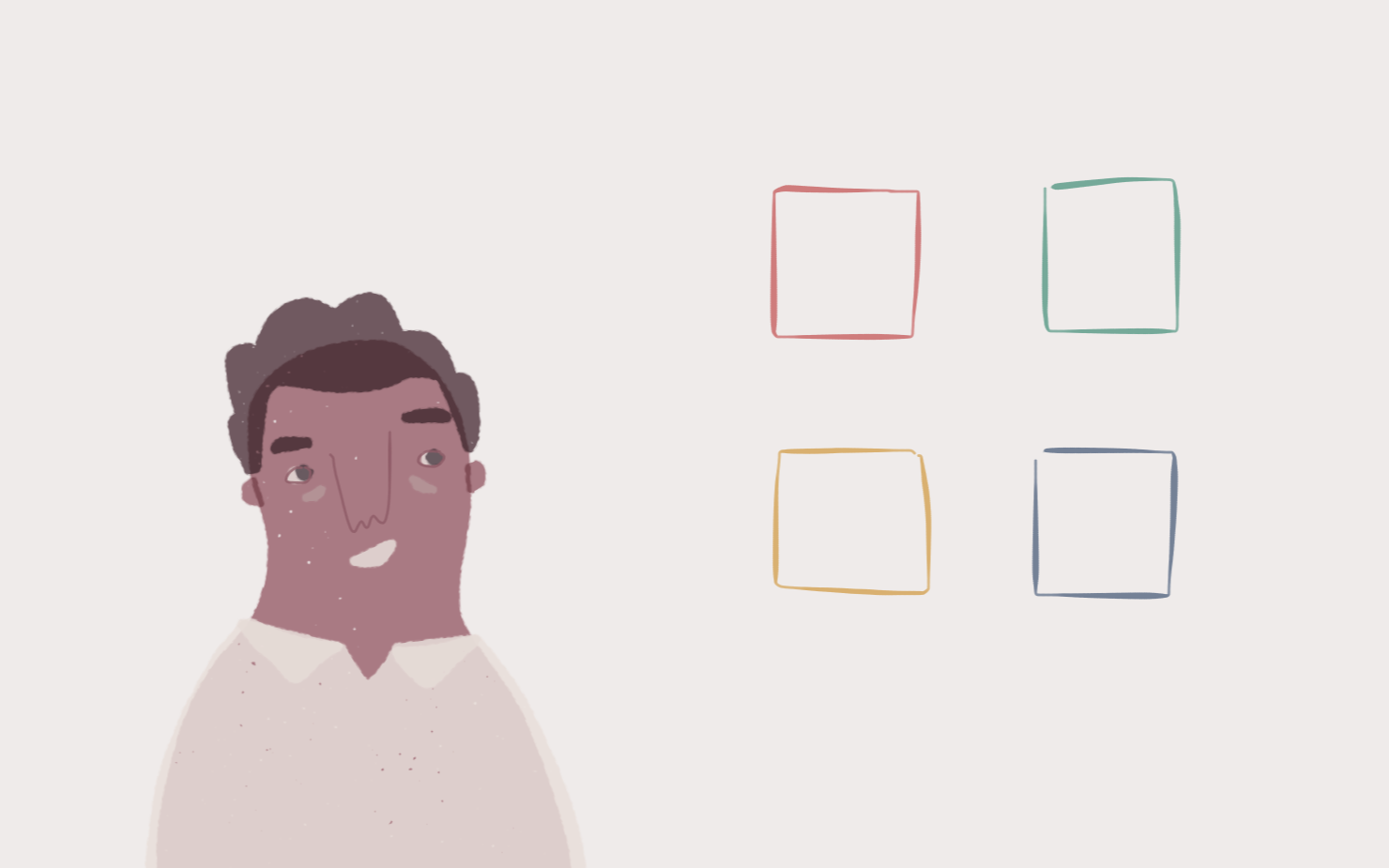
A New Language: The 4 Colours
For us, The Birkman Method® (and our own Birkman-powered product range), is all about providing people - as individuals and as members of larger teams and organisations - with a new language with which they can explain and comprehend themselves, and understand others.
We’ve seen this language transform the way that teams communicate and approach one another. We’ve seen it help individuals to articulate their needs and passions in a way they’ve never felt able to. We’ve seen it help young people realise their potential, and ‘open up the door’ to options they never knew they had!
Whoever we’re working with, we always start with the simplest version of the language: 4 colours.
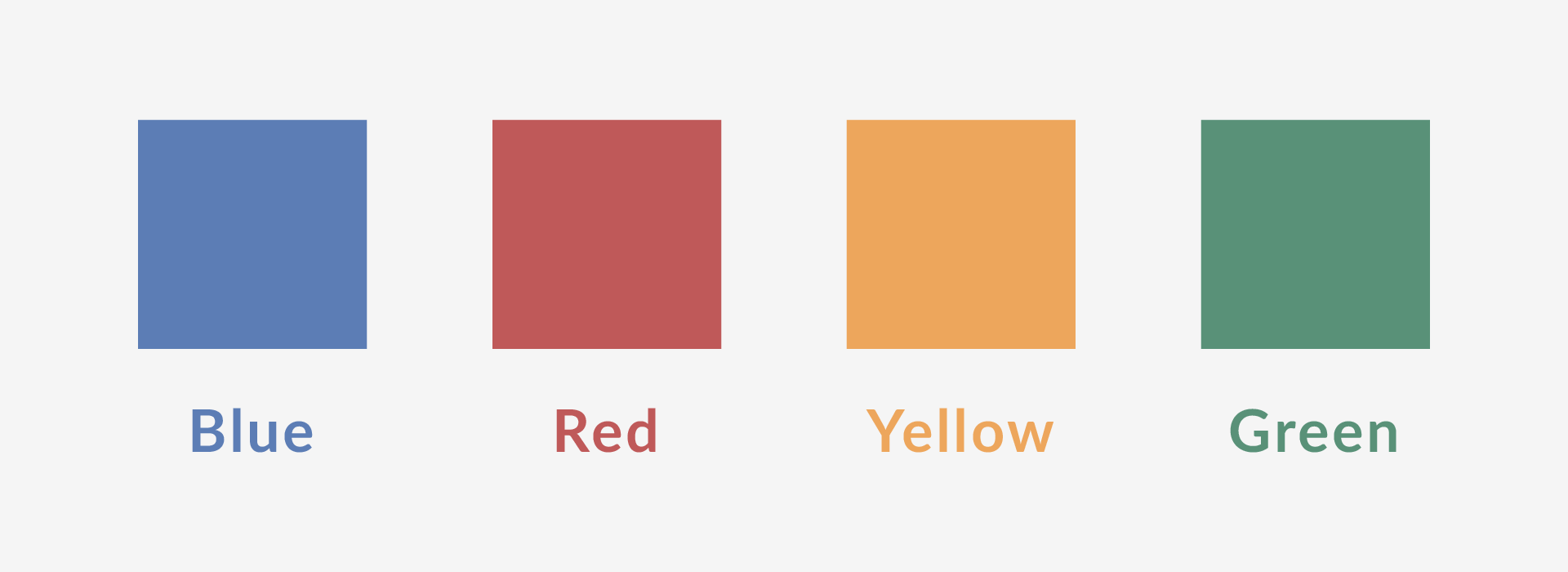
Blue
In Birkman terms (whether you have a Signature report, or are using Snapshot, expresso or hoozyu) Blue represents innovation, creativity, ideas and strategy.
It’s all about thinking - thinking up new ideas, and new ways of doing things; creative solutions, problem-solving & strategising. It’s future-focused, and we often say that ‘blue people’ are focused on creating a better picture of tomorrow.
How can we do better? How can we improve the way we do things? What would it look like if we redesigned our approach?
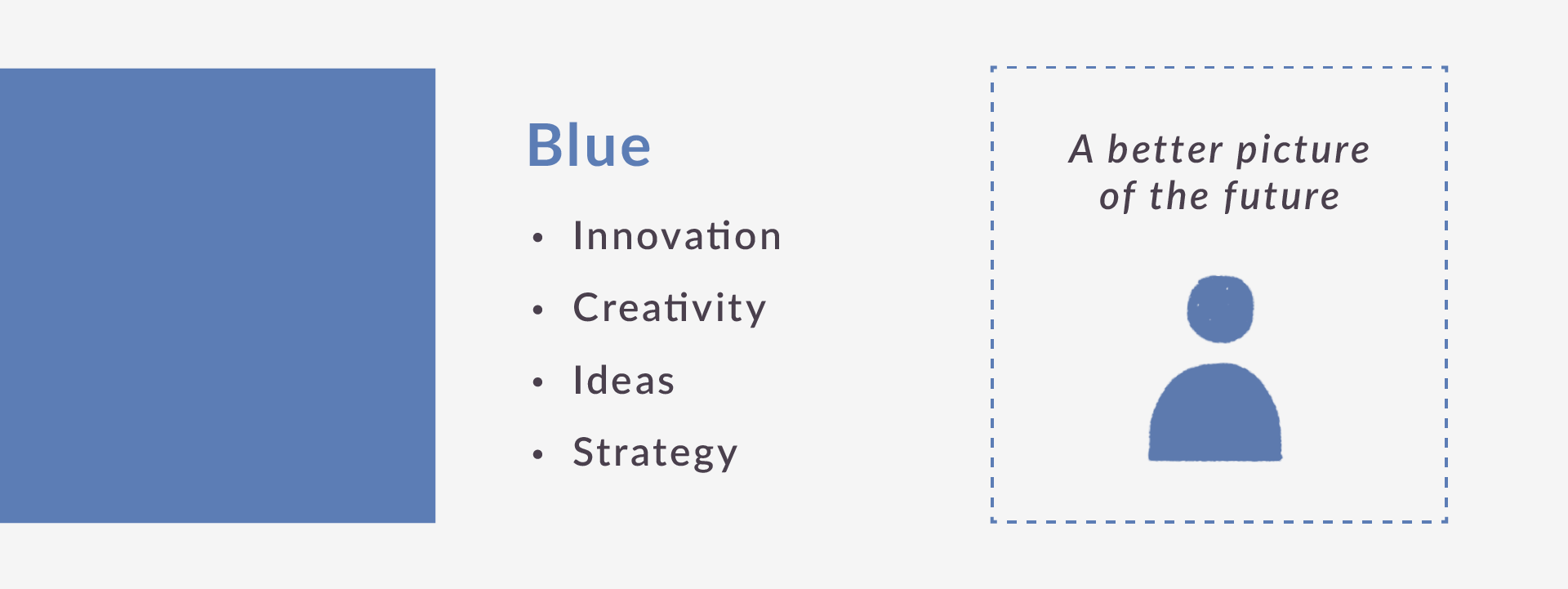
Red
The ‘opposite’ of Blue - in this language - is Red, which represents unambiguous, hands-on, practical activity.
While Blue is all about thinking, Red is all about getting things done. Completing tasks, solving technical issues, and taking immediate action. It’s present-focused, and you could say that ‘reds’ are all about making an impact in the now.
Enough discussion, let’s fix the issue.
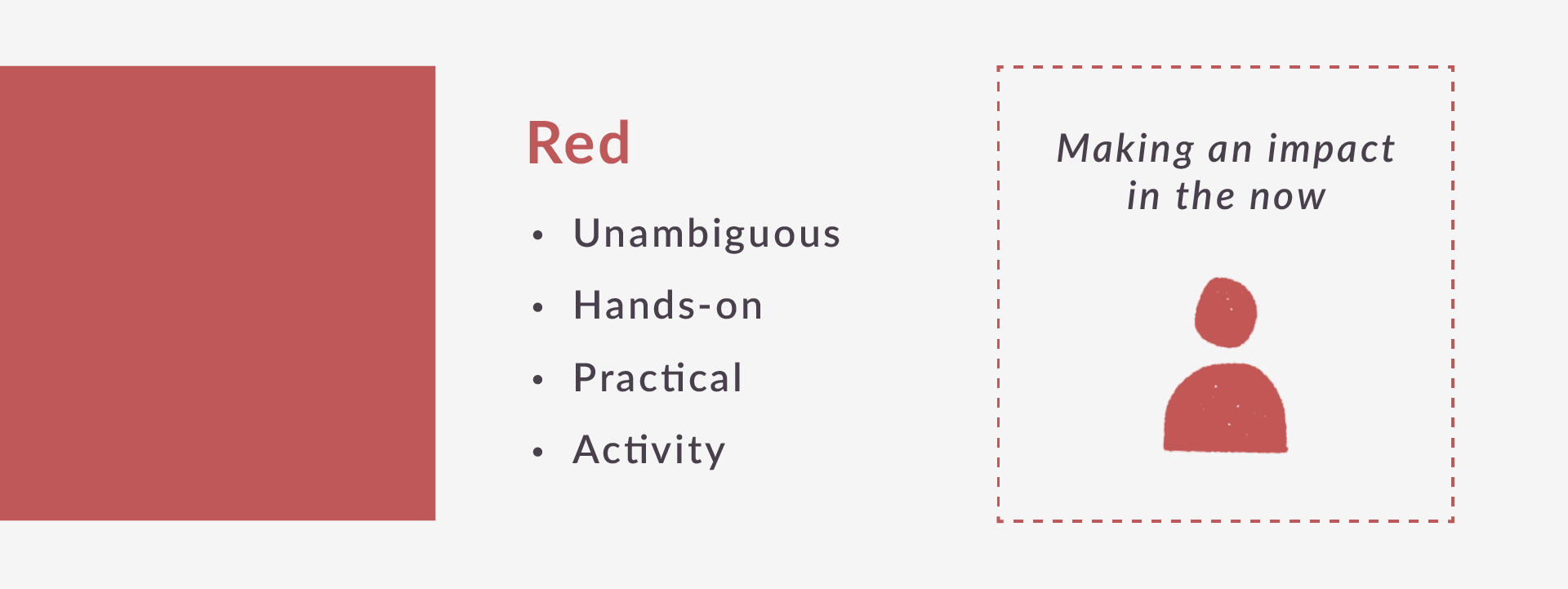
Yellow
In Birkman, Yellow is all about order, systems, and keeping things on track and running smoothly.
It represents a focus on ‘keeping track’ - for example, in terms of accounting, scheduling, record-keeping, or defined processes for getting things done. It’s past-focused in the sense of looking back at past experience, track record, and evidence as a means of making informed decisions for the future.
What evidence do we have to support this decision? What do we know has worked in the past? How are we keeping track of impact and results?
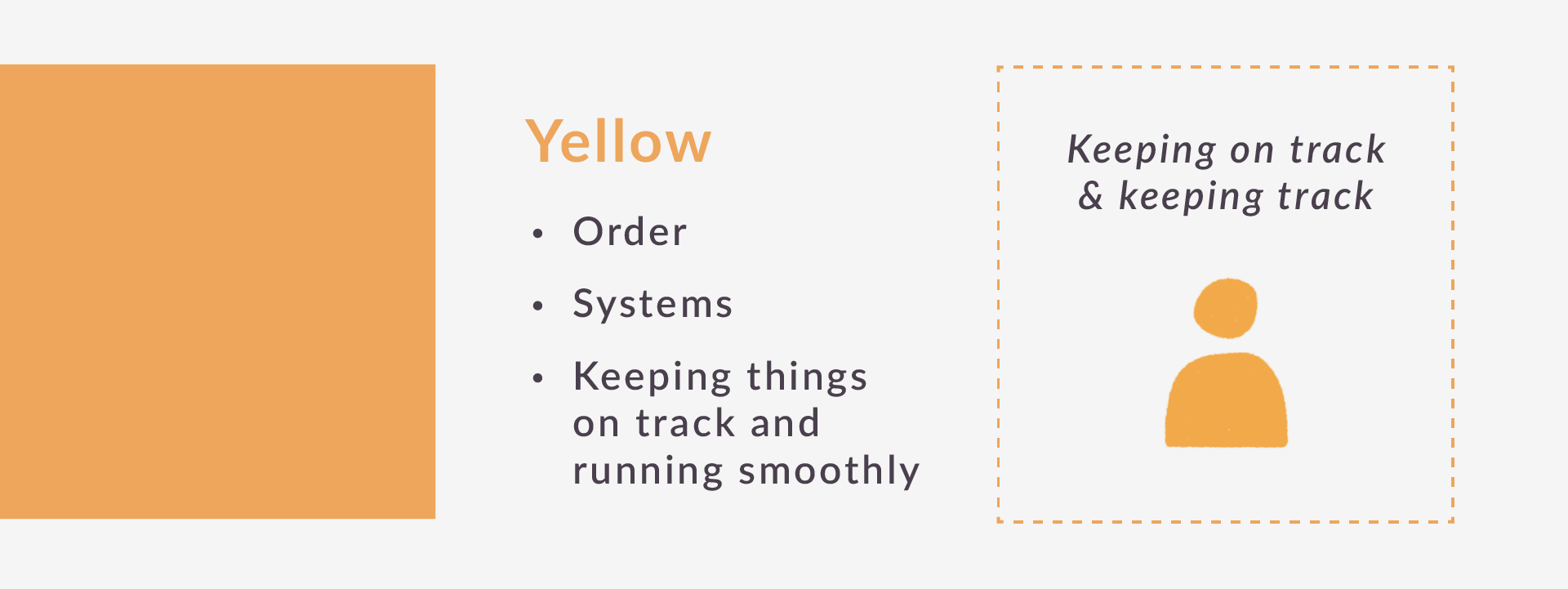
Green
The ‘opposite’ of Yellow is Green, which represents persuasion, interaction, and selling.
It’s all about enthusiastic engagement with people - trying to persuade them, convince them, and sell them on products, ideas or courses of action. It’s focused on present opportunity, but also on future potential.
Who can we get involved? Who is already on-board? Who needs convincing?
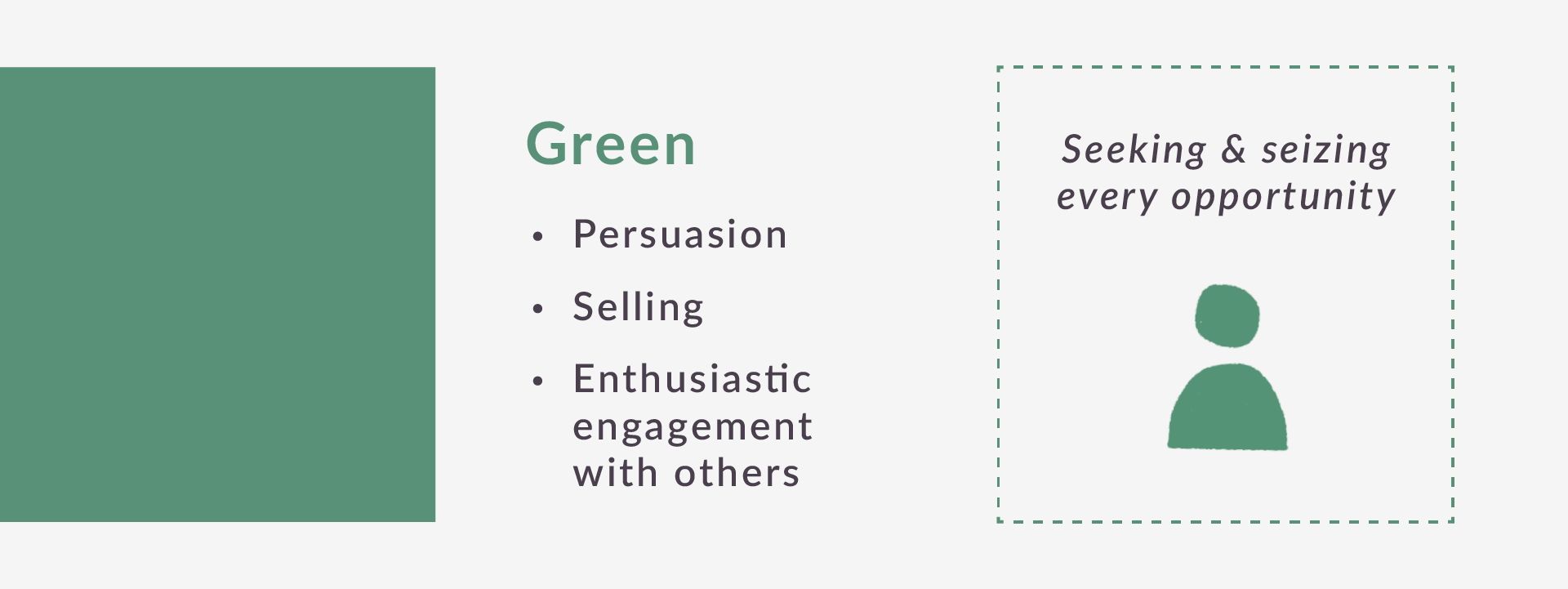
So those are the 4 colours. So far we’ve barely scratched the surface of how this language can be used and understood, but if you look at your own grid, or list of interests, you can hopefully start to see some of what those scores are telling you.
Ask yourself: What colours come up the most often for me? Am I seeing mostly one or two top colours? Or a mix of all four? What might this mean for me?
Struggling to remember what each colour represents? Check out this post on Anchoring the Colours
